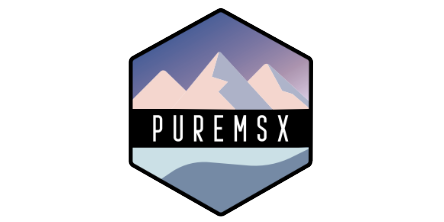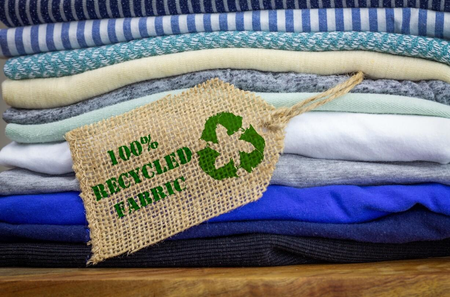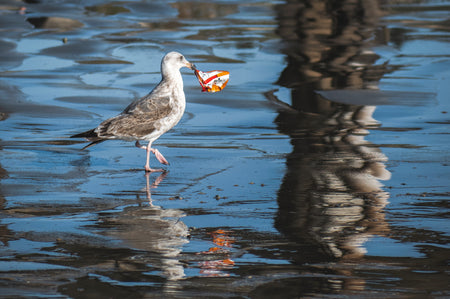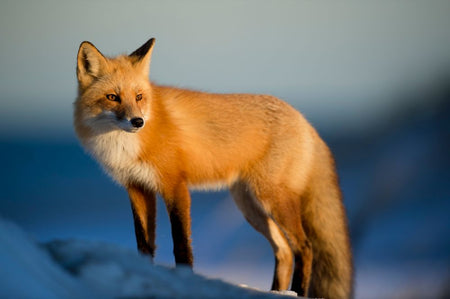One of the alarming sides of the fashion industry is the level of cruelty extended to animals. Holding your favorite garment in hand, it is highly unlikely you would imagine the path it took to your wardrobe. Sadly, it all begins in farms where animals are bred for clothing purposes. These farms have loads of harrowing stories to be heard and scream for immediate steps to rectify the torture imposed upon the animals.
What are Animal Fibers?
As the name suggests, these are fibers that are sourced from animals for their unusual characteristics due to the presence of natural proteins. Since the type of fibers varies from species to species, animal fibers are available in a huge variety. For instance, fur and down are the best sources of insulation, while leather is known for sturdiness. The availability of animal fibers is dependent upon the animal population. However, in recent years many unethical practices have begun to exploit the animals for their fibers, usually ending up costing their lives.
What Fabrics Come From Animals?
The various types of fabrics obtained from animals include the following:
- Fur
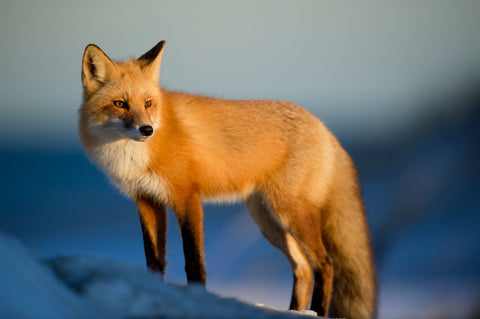
Furs are considered a luxury in the fashion industry. It is used to make products such as parkas, gloves, capes, shrugs, vests, and jackets. Fur is obtained from many animals that are reared in fur farms. Animals killed for fur include foxes, bears, cats, beavers, dogs, rabbits, minks, chinchillas, seals, and raccoons to name a few.
- Wool
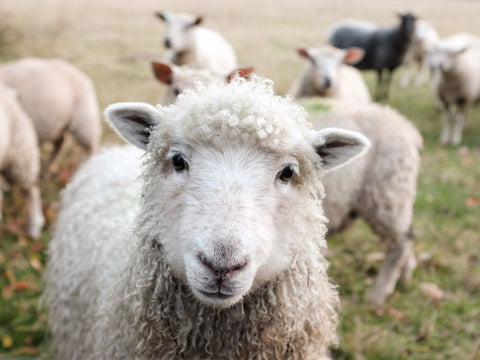
Wool is used to making jackets, sweaters, pullovers, gloves, coats, shirts, socks, leggings, slippers. Some of the types of wool are cashmere, angora, shearling, and mohair. Cashmere is a fiber obtained from goats while angora fiber is obtained from angora rabbits. Shearling is the skin of a lamb or sheep with the fleece attached and mohair is derived from the angora goat. Although, the source animals are considered to be easily tamed, yet they do not like being caught. Additionally, they naturally shed their coat in spring and do not need shearing.
- Leather
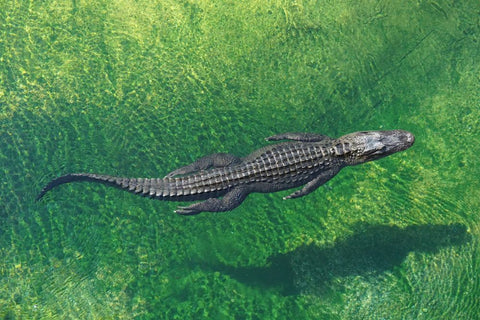
According to FAO UN, about 2.29 billion goats, cows, buffaloes, pigs, and calves were killed in 2018 for leather. Other animals for leather products include seals, alligators, snakes, zebras, sharks, antelopes among others. The highest quality expensive leather is obtained from young animals with smooth skin. Leather is used to make boots, gloves jackets, trousers, and prized bags.
- Silk
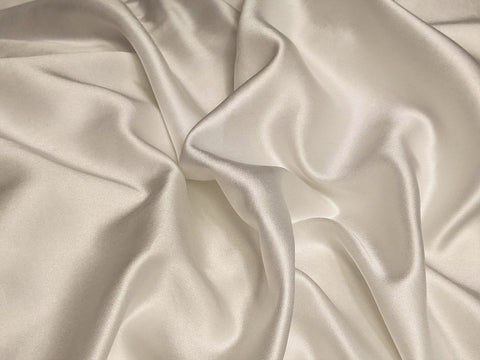
One of the finest and luxurious fibers is silk used to make suits, blouses, sleepwear, lingerie, shirts, loungewear, and dresses. It is obtained from silkworms. Naturally, silkworms chew their way out of the cocoons but to obtain silk, they are boiled in hot water at the pupal stage.
- Down

Down is a layer of fine feathers that lies beneath the outer larger feathers in swans, ducks, and geese. These are prized for insulation properties and are used in the padding of winter wear. These are plucked out of living birds since they can grow new feathers. Plucking is highly unethical since it causes excessive bleeding and open wounds leaving the birds tortured.
What Practices are Followed in Obtaining Animal Fibers?
Farms that rear animals for the sole purpose of clothing, do little to make things hospitable for the animals. The caged animals are usually kept in the open and are subject to harsh weather conditions. They usually get inflicted with pests and diseases, the effects of which can be transferred to the end-user through the use of infected fabric. Untreated animals are left to die in torture.
According to People for the Ethical Treatment of Animals (PETA), despite the harshness of various killing methods, they remain legal. Some of these methods include gassing, anal and vaginal electrocution, poisoning, and suffocation. Animals sourced for leathers face dehorning, tail-docking, branding, and castration without any painkillers.
Cattle for wool are vulnerable to maggots that feed on their skin and even eat through living animals. Many cattle are forced to keep heavy wool for longer periods for larger gains. Silkworms boiled alive for silk has to be a gruesome act. Even those who do escape boiling due to premature chewing end up as malfunctioned moths.
How Fashion Industry can be Made Cruelty-Free?
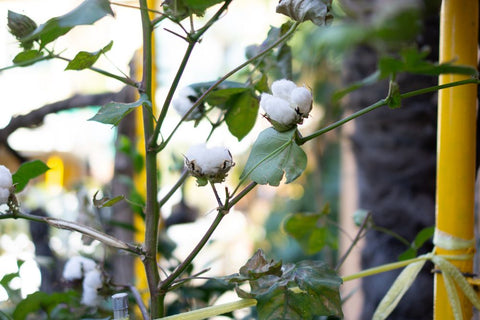
It is possible to make the fashion industry cruelty-free by consciously eliminating steps that are harmful to animals. One can begin by using alternative fabrics instead of animal fibers. Alternative fabrics include those obtained from plants or man–made. Some of the plant-based fibers include cotton, jute, linen, hemp while some of the man-made fabrics include rayon, nylon, lyocell, and polyester. Not only are these fibers animal friendly but are also safe for end-users.

